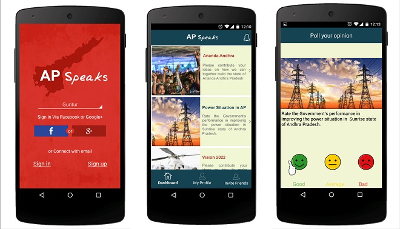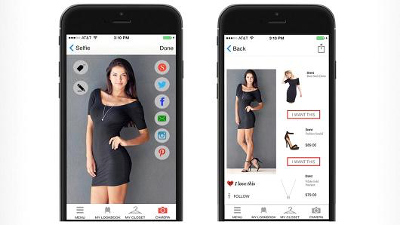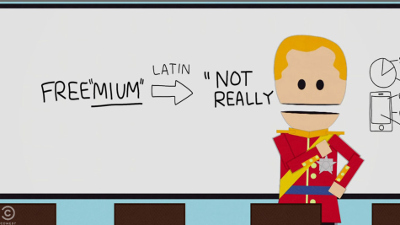
The battle is heating up, to convince mobile app developers to embrace new analytics packages, in their iPhone Apps and Android Apps.
Desirable Apps recently reported that Twitter was keen for users to dump Google Analytics, in favour of Twitter’s Answers Analytics Tool.
Now Yahoo has jumped into the fray, urging mobile app developers to use Flurry, to “use our mobile developer suite to make money”.
SAN FRANCISCO — Yahoo just revealed a big piece of its plan to catch up with competitors on the mobile front. At its first mobile developers conference, the company unveiled its mobile developer suite, a new set of tools for app makers that combines Yahoo's Flurry analytics platform, the BrightRoll and Gemini ad networks, and Yahoo search. The star of the suite is Flurry, the mobile analytics platform that Yahoo acquired last year. More than 200,000 developers use Flurry, but the suite also leverages Yahoo's native advertising and marketing tools. The suite itself is comprised of five products: Flurry Analytics, Flurry Pulse, Yahoo App Publishing, Yahoo Search in Apps and Yahoo App Marketing. Flurry Analytics is the refreshed version of Flurry's existing analytics service, which provides developers with insights into how people are using their apps. Flurry Pulse is a new software development kit (SDK) that lets developers easily share Flurry's insight's with partners, and Yahoo Search in Apps provides better integration of search tools within apps. Read More...
What do web giants get out of offering free mobile app analytics?
Why are big players like Google, Twitter and Yahoo, so keen to woo iPhone App Developers and Android App Developers to use their suite of analytics tools? What do the giants of the software industry get out of providing tremendous amounts of compute capacity to mobile app developers for free?
My guess is that it helps them refine their search results. Search engine giants like Yahoo, who have been playing catchup to Google for years, have suddenly woken up that all these free “analytics” which Google provides, help Google gauge which pages of websites users find interesting – which pages Google should put at the top of the search results.
Mobile app screens are not directly indexed by web based search engines (usually), but perhaps the analytics for mobile app developers are simply used to gauge how popular mobile apps are, and perhaps to pick up a few hints as to what the mobile apps do.
Yahoo’s only hope of creating a search experience which rivals Google, is to convince web developers and mobile app developers to switch to using their analytics service. Since Google provides their service for free, Yahoo have gone one better with the claim that, not only is their service free, but that you will make money from using their service.
But Twitter is not a search giant, like Google?
Where does this leave Twitter? Twitter isn’t a search giant – or are they?
In a subtle way, Twitter have quietly grabbed a large chunk of the world’s search traffic – an awful lot of the world’s web search is now performed using Twitter. If a major event happens somewhere in the world, one of the first things people do, is search for tweets from people relating to that event. This in my opinion represents a threat to Google’s dominance of the global web search industry – and puts Twitter just a short step away from being a new dominant web search player.
What should mobile app developers do, faced with all these choices?
What should mobile app developers do about all this choice? For now I’m sticking with Google Analytics, unless a client expresses a particular interest in the other services. Yahoo is still too new, in my opinion – it might have teething troubles. And Twitter – wow, who knows? I shall certainly be taking a closer look at Twitter’s Answers Analytics Tool.
If you would like to know more about Mobile App Analytics, and how they can help your app to maximise its potential, please contact me






